Sayyed Ali Hossayni
Persian Semantic Role Labeling Using Transfer Learning and BERT-Based Models
Jun 17, 2023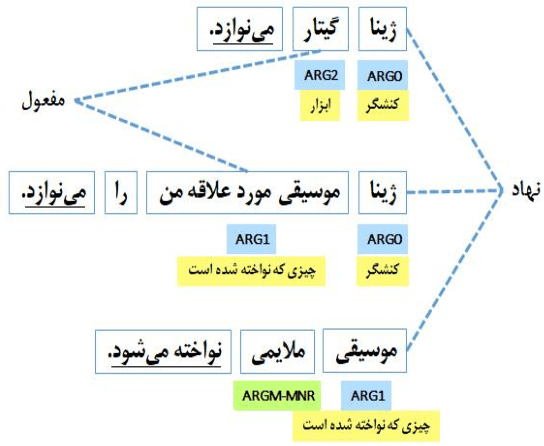

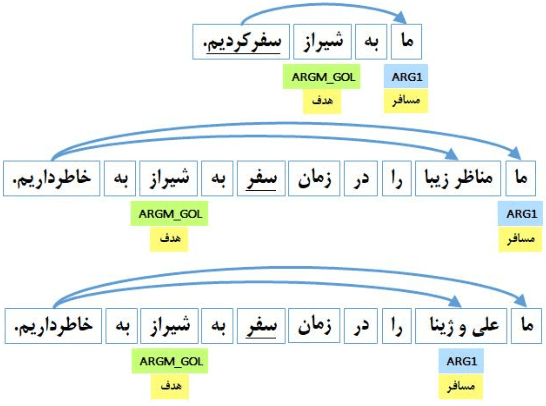

Abstract:Semantic role labeling (SRL) is the process of detecting the predicate-argument structure of each predicate in a sentence. SRL plays a crucial role as a pre-processing step in many NLP applications such as topic and concept extraction, question answering, summarization, machine translation, sentiment analysis, and text mining. Recently, in many languages, unified SRL dragged lots of attention due to its outstanding performance, which is the result of overcoming the error propagation problem. However, regarding the Persian language, all previous works have focused on traditional methods of SRL leading to a drop in accuracy and imposing expensive feature extraction steps in terms of financial resources, time and energy consumption. In this work, we present an end-to-end SRL method that not only eliminates the need for feature extraction but also outperforms existing methods in facing new samples in practical situations. The proposed method does not employ any auxiliary features and shows more than 16 (83.16) percent improvement in accuracy against previous methods in similar circumstances.
An Unsupervised Language-Independent Entity Disambiguation Method and its Evaluation on the English and Persian Languages
Jan 31, 2021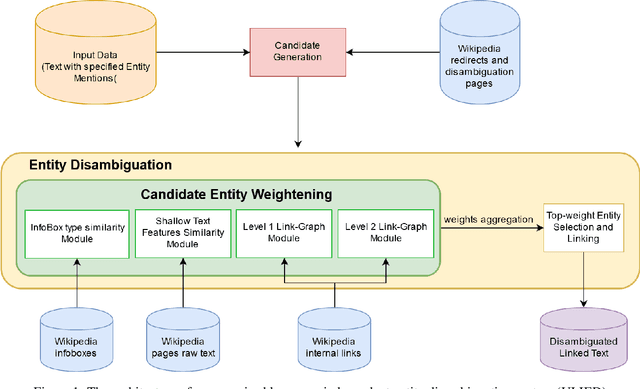
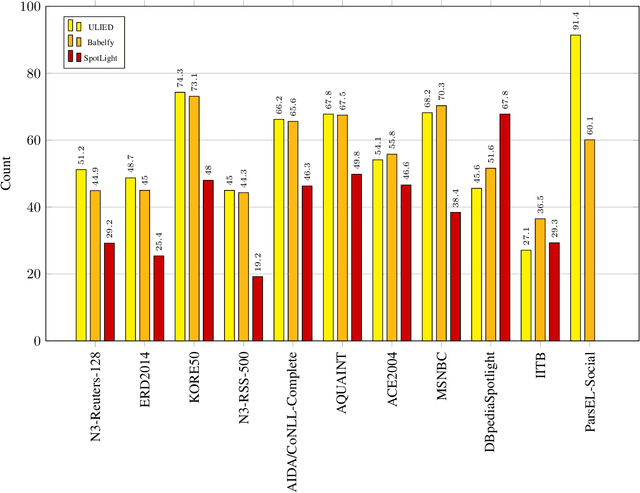
Abstract:Entity Linking is one of the essential tasks of information extraction and natural language understanding. Entity linking mainly consists of two tasks: recognition and disambiguation of named entities. Most studies address these two tasks separately or focus only on one of them. Moreover, most of the state-of-the -art entity linking algorithms are either supervised, which have poor performance in the absence of annotated corpora or language-dependent, which are not appropriate for multi-lingual applications. In this paper, we introduce an Unsupervised Language-Independent Entity Disambiguation (ULIED), which utilizes a novel approach to disambiguate and link named entities. Evaluation of ULIED on different English entity linking datasets as well as the only available Persian dataset illustrates that ULIED in most of the cases outperforms the state-of-the-art unsupervised multi-lingual approaches.
A generalization of the symmetrical and optimal probability-to-possibility transformations
Dec 29, 2019

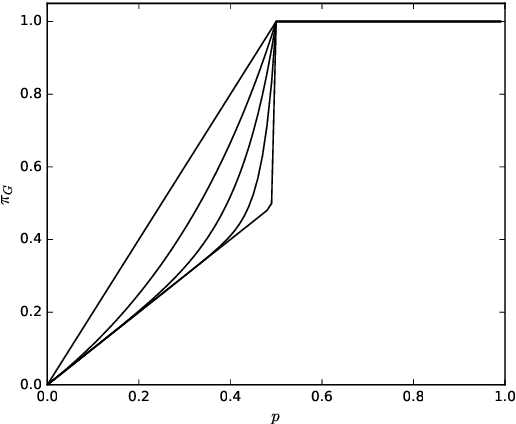
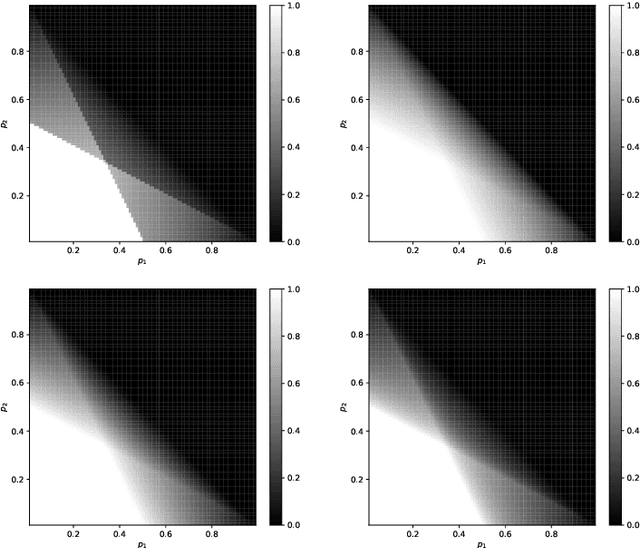
Abstract:Possibility and probability theories are alternative and complementary ways to deal with uncertainty, which has motivated over the last years an interest for the study of ways to transform probability distributions into possibility distributions and conversely. This paper studies the advantages and shortcomings of two well-known discrete probability to possibility transformations: the optimal transformation and the symmetrical transformation, and presents a novel parametric family of probability to possibility transformations which generalizes them and alleviate their shortcomings, showing a big potential for practical application. The paper also introduces a novel fuzzy measure of specificity for probability distributions based on the concept of fuzzy subsethood and presents a empirical validation of the generalized transformation usefulness applying it to the text authorship attribution problem.
 Add to Chrome
Add to Chrome Add to Firefox
Add to Firefox Add to Edge
Add to Edge